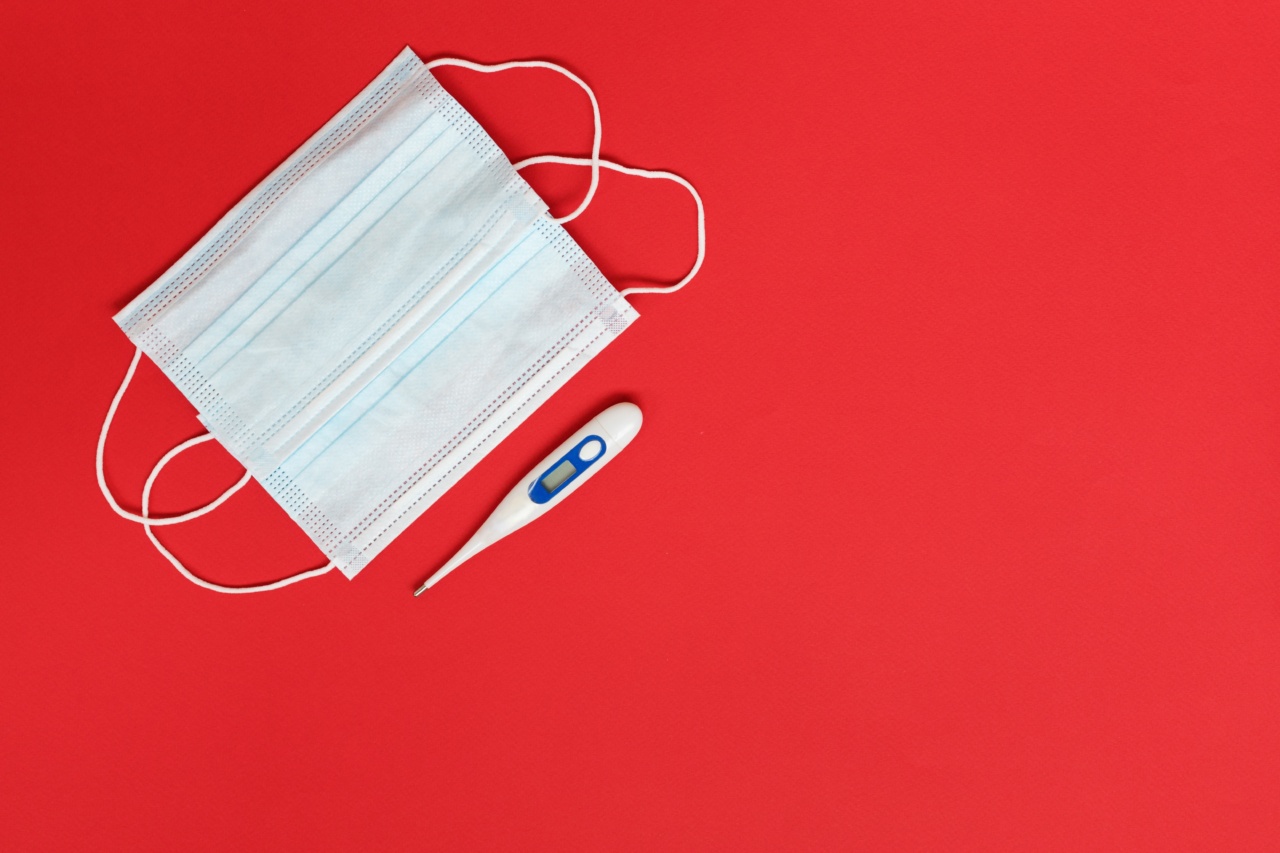Stroke is a serious medical condition that occurs when the blood supply to a part of the brain is interrupted or reduced, depriving brain tissue of oxygen and nutrients.
This can result in the death of brain cells and can have severe long-term effects on a person’s health and well-being. According to recent research, certain factors can increase the risk of stroke by an alarming 46%. In this article, we will explore the causes of stroke and discuss preventive measures that can help reduce the risk.
Understanding the Causes of Stroke
There are two main types of stroke: ischemic stroke and hemorrhagic stroke. Ischemic stroke occurs when a blood clot blocks a blood vessel, cutting off blood flow to the brain.
Hemorrhagic stroke, on the other hand, happens when a blood vessel in the brain bursts and causes bleeding.
Hypertension: A Major Risk Factor
One of the leading causes of stroke is hypertension, also known as high blood pressure. High blood pressure can damage the blood vessels, making them more susceptible to blockages or ruptures.
It is estimated that individuals with hypertension have a 46% higher risk of experiencing a stroke compared to those with normal blood pressure levels.
Unhealthy Lifestyle Choices
Unhealthy lifestyle choices can significantly contribute to the risk of stroke. Smoking, for instance, damages blood vessels and increases the likelihood of clot formation. Individuals who smoke are at a higher risk of stroke compared to non-smokers.
Additionally, excessive alcohol consumption, a sedentary lifestyle, and a diet high in saturated fats and cholesterol can all raise the risk of stroke.
Medical Conditions and Stroke
Various medical conditions can increase the likelihood of stroke. Diabetes, for example, can damage blood vessels and increase the risk of clotting. Individuals with diabetes are at a higher risk of stroke compared to non-diabetic individuals.
Other conditions such as atrial fibrillation, high cholesterol levels, and certain heart diseases can also contribute to stroke risk.
Age and Gender as Risk Factors
Advancing age is a significant risk factor for stroke. As we age, our blood vessels naturally become less flexible and are more prone to blockages.
Additionally, hormonal factors unique to women, such as the use of oral contraceptives, pregnancy, and menopause, can increase the risk of stroke in females.
Preventing Stroke Through Lifestyle Changes
While certain risk factors cannot be changed, such as age and gender, there are several lifestyle changes that can significantly reduce the risk of stroke:.
1. Maintain a Healthy Blood Pressure
Regularly monitor your blood pressure and work with your healthcare provider to keep it within a healthy range.
Lifestyle modifications such as reducing sodium intake, maintaining a healthy weight, exercising regularly, and limiting alcohol consumption can all help manage blood pressure effectively.
2. Quit Smoking
If you are a smoker, quitting is one of the best things you can do to reduce your risk of stroke. Seek support from a healthcare professional or smoking cessation programs to help you quit successfully.
3. Adopt a Healthy Diet
Eat a well-balanced diet that is rich in fruits, vegetables, whole grains, lean proteins, and healthy fats. Limit your intake of saturated fats, cholesterol, and sodium, as these can contribute to high blood pressure and other cardiovascular issues.
4. Engage in Regular Physical Activity
Engage in at least 150 minutes of moderate-intensity aerobic exercise or 75 minutes of vigorous-intensity exercise every week. Regular physical activity can help lower blood pressure, improve cholesterol levels, and maintain a healthy weight.
5. Manage Underlying Medical Conditions
If you have underlying medical conditions such as diabetes or atrial fibrillation, work closely with your healthcare provider to manage them effectively.
Follow your treatment plan, take medications as prescribed, and attend regular check-ups to monitor your condition.
6. Limit Alcohol Consumption
Excessive alcohol consumption can raise blood pressure and contribute to the risk of stroke. It is important to moderate your alcohol intake and adhere to recommended limits.
For men, this means consuming no more than two standard drinks per day, and for women, no more than one standard drink per day.
7. Seek Immediate Medical Attention
If you experience any signs or symptoms of a stroke, it is crucial to seek immediate medical attention. Remember the “FAST” acronym: Face drooping, Arm weakness, Speech difficulty, Time to call emergency services.
Every minute counts when it comes to stroke treatment.
Conclusion
Stroke is a devastating medical condition that can have severe implications for an individual’s health and quality of life.
While certain risk factors, such as age and gender, are beyond our control, there are numerous preventive measures that can help decrease the risk of stroke. By adopting a healthy lifestyle, managing underlying medical conditions, and seeking prompt medical attention, we can significantly reduce the likelihood of experiencing a stroke and protect our brain health.






























